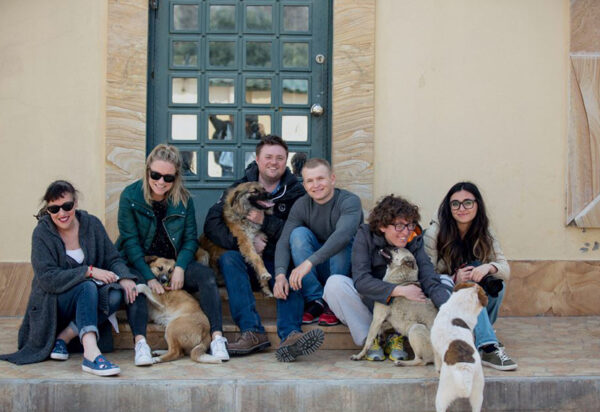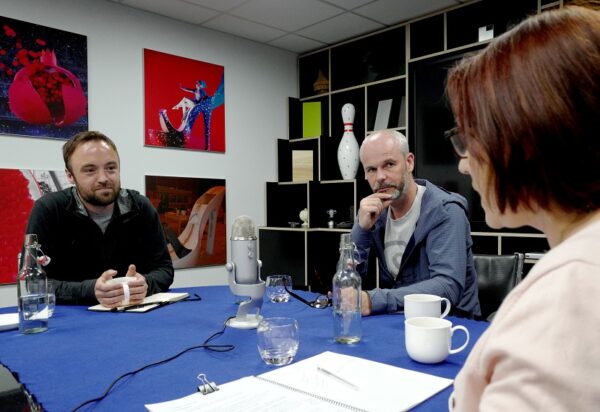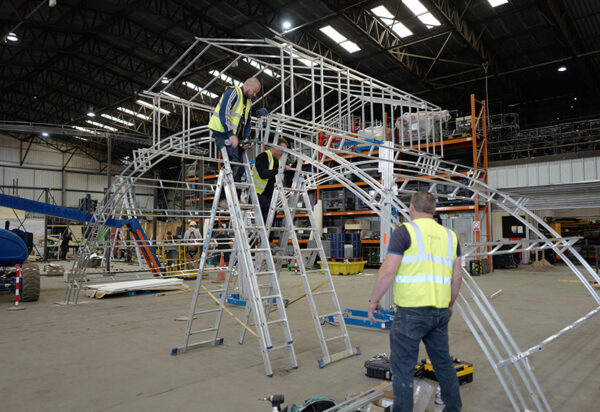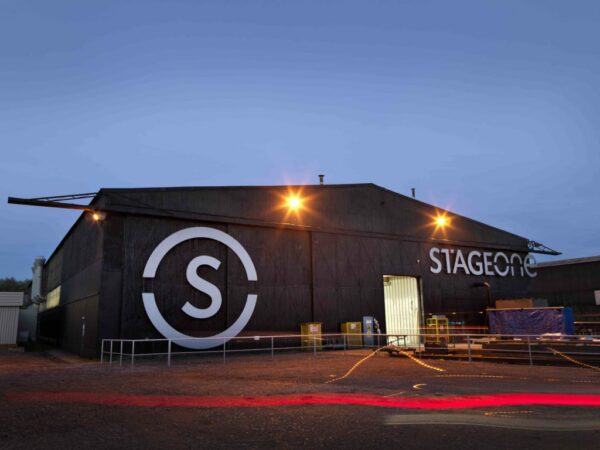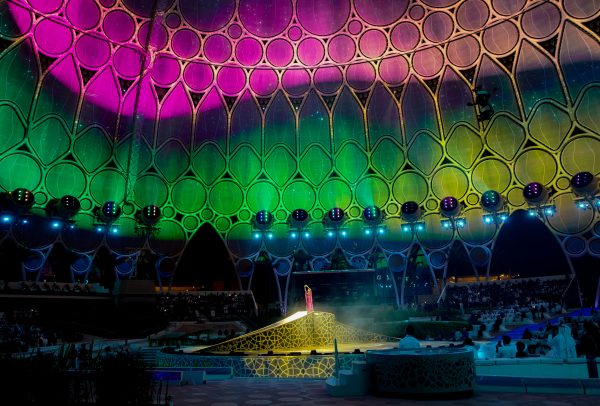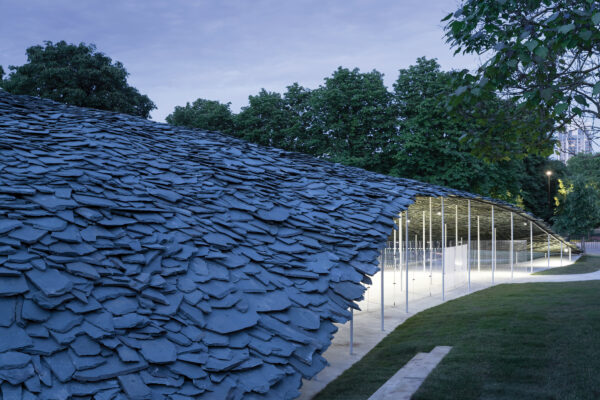
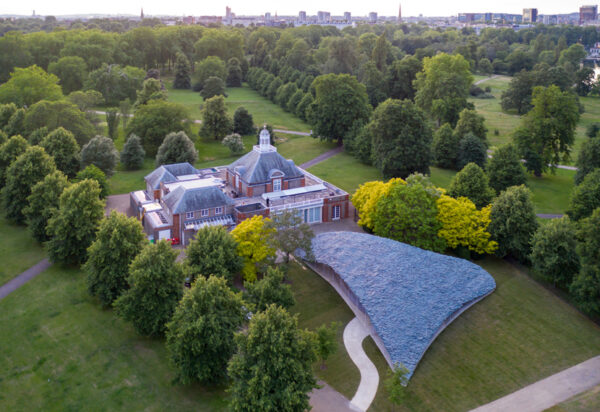
Junya Ishigami’s 2019 Pavilion ends its time at the Serpentine this weekend. Part structure, part landscape, the slender, wing-like canopy of Cumbrian slate is effortlessly supported by 106 thin steel legs.
Ishigami’s aim was to create something ‘primitive and ancient’, something ‘between building and landscape’.
The pavilion received some impressive reviews over its three month run, with Rob Wilson of the Architects Review recognising how remarkably lightly the slate sits on the small forest of pale, slender steel columns.
Wilson also recognised the versatility of the design, stating that rain actually ‘adds further poetry to the structure’. This can only be positive for a pavilion exposed to the British summer weather!
He concludes by claiming this as ‘undoubtedly one of the best pavilions of recent years,’ a sentiment echoed by other critics, including Catherine Slessor who recognises Ishigami’s astounding ability to make ‘effortful things appear effortless’.
Oliver Wainwright focuses on Ishigami’s achievement of the Japanese garden idea of ‘shakkei’, where background landscape is incorporated into the design of a garden. Just as a distant mountain might provide a backdrop to a garden of carefully raked gravel, so too does the slate roof of the 1930s Serpentine Gallery poke up behind Ishigami’s swelling sea of slate.
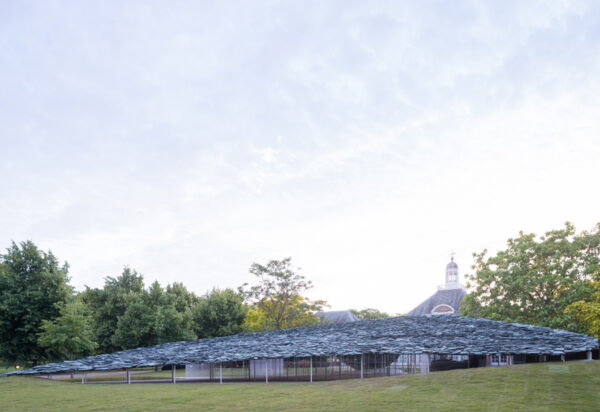
Producing an end product deserving of such critical acclaim is not straightforward; the pavilion posed numerous challenges.
- The ground slab had to be twice the usual thickness to withstand the tiny load points from 61 tonnes of slate and 10 tonnes of steel bearing down through the 50mm steel legs.
- We made each leg a different height, with the 240 solid tie bars connected via a series of 106 unique cruciform nodes. They all had to be different in orientation, angles and load.
- We also produced a bespoke lattice grid of 8mm rod, onto which the specialist roofers attached a double layer of individually hand-worked slates.
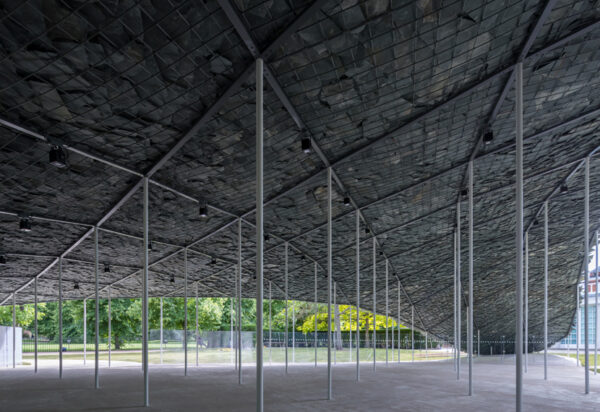
There was also the question of how to acquire 61 tonnes of slate. It was sourced from Cumbria’s Honister Mine, which has been in operation since 1728 and Eden Stonework, a Cumbria-based stonemasonry company, were responsible for the installation. The owner Adam Knowles commented that the job was like nothing they’d done before, but ‘the experimental form and design of the structure have pushed the boundaries of how the stone masons worked with the material’.
This pattern of challenges and solutions is something we thrive on.
Whilst Ishigami’s design is entirely unique, this process of problem-solving is one we have repeated with every Serpentine Pavilion we have been involved in over the past 11 years.
